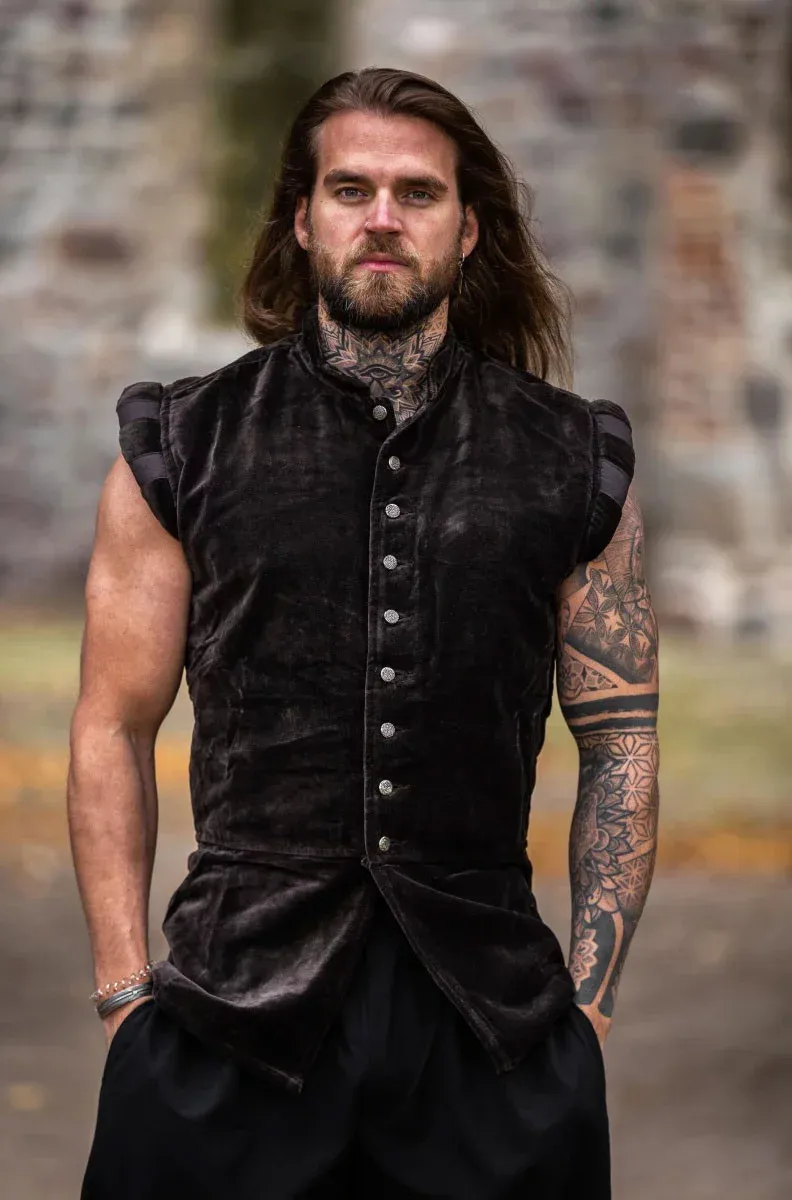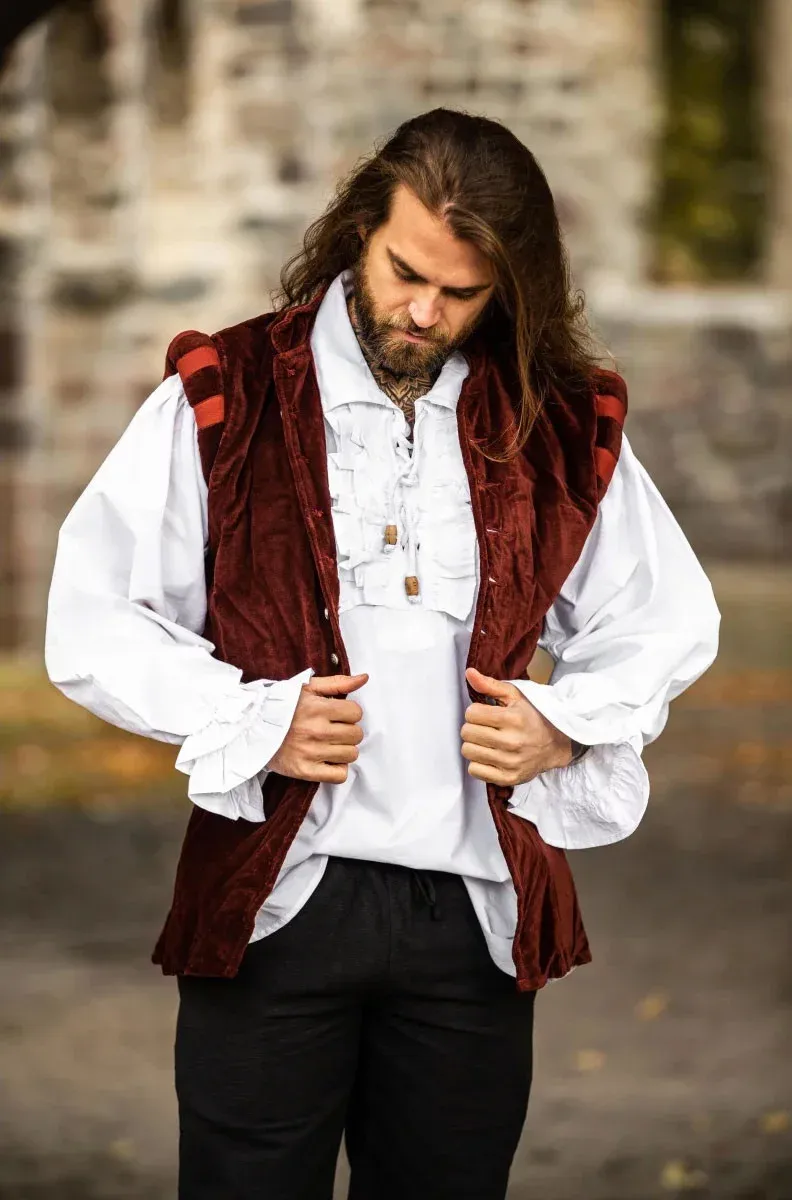What is a Cuera?
```htmlThe leather is a historical garment that has fascinated historians and enthusiasts of ancient fashion due to its rich history and functionality. Throughout the centuries, this garment has been much more than just a piece of clothing; it has served as a symbol of status, protection, and craftsmanship. Let us discover together the fascinating world of leather, from its origin to its varied uses and its manufacturing process.
Origin and Meaning of Leather
Leather is, in essence, a type of skin jacket worn over the doublet, a fitted garment that covered from the shoulders to the waist.
Traditionally made from leather or tanned hide, leather was fundamental in eras such as the medieval and Renaissance periods. The main material, leather, played a crucial role in daily life at the time. From footwear to garments, leather was used in a wide variety of items, and the creation of leather garments employed techniques developed by artisans such as tanners and curriers in establishments known as tanneries.

Functionality and Variants of Leather
Leather as Civil Garment
In the civil sphere, leather not only provided warmth but also indicated the social status of its wearer. The quality of the material, along with the craftsmanship and decorative details, reflected the economic and social position. Higher-quality and more decorative leathers were used by the upper echelons of society.
Leather as a Defensive Element
Leather also played an essential role as a protective element in warfare contexts. This type of leather often had multiple layers, sometimes up to seven, which gave it resistance and a certain level of protection compared to metal armor. Although these leathers could weigh more than ten kilograms, they offered several advantages, such as lower cost, ease of production, and, in some cases, greater flexibility of movement. It was common for soldiers to wear this leather over their uniforms during combat and battles.
Manufacturing Process of Leather
The manufacturing process of a leather garment was complex and meticulous. It began with the tanning of hides, a specialized craft that transformed raw hides into malleable leather for garment making. The fundamental stages of this process are as follows:
- Cleaning and preparation of the hides for treatment.
- Soaking in various substances intended for tanning.
- Treatment with elements such as bark, sumac, or gall to give special characteristics to the leather.
- Drying and final conditioning of the leather for use.
These artisanal procedures were passed down from generation to generation and were carefully regulated by the guilds of the time.
Social Relevance of Leather in the Middle Ages
Like many other garments of the time, leather was regulated by specific dress codes that dictated what materials, cuts, and decorations were appropriate for different social strata. These regulations helped maintain social order and prevented lower classes from simulating a higher status through their clothing. The quality of the leather and decorative details marked notable differences between the leather of a noble and those of a peasant or artisan.

Evolution Throughout History
Over time, leather has evolved from being a garment primarily associated with protection and comfort to becoming an item of aesthetic and symbolic value.
During the Renaissance, the design of leather garments, including leather, underwent a significant evolution in terms of ornamental sophistication and artisanal beauty. Leather remains, to this day, a testament to the skill of medieval artisans and the importance of leather in the daily life of those times.
















